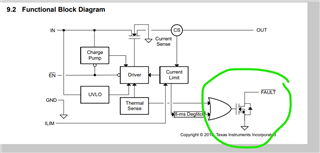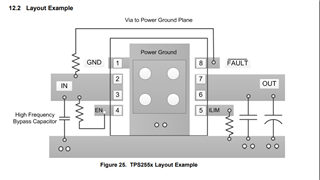Hi,
we want to use the TPS2557 for our application because this parts fits perfectly. My question is, is it a must to use the FAULT signal? We don't really need it, So can we simply ignore the pin and keep it disconnected? In the datasheet I can't find this information.
Second question, we want to use a ATTiny chip to control the TPS2557, so can we directly connect a GPIO from the ATTiny to the EN pin from the TPS2557?
Thank you,
Best regards
Patrick




